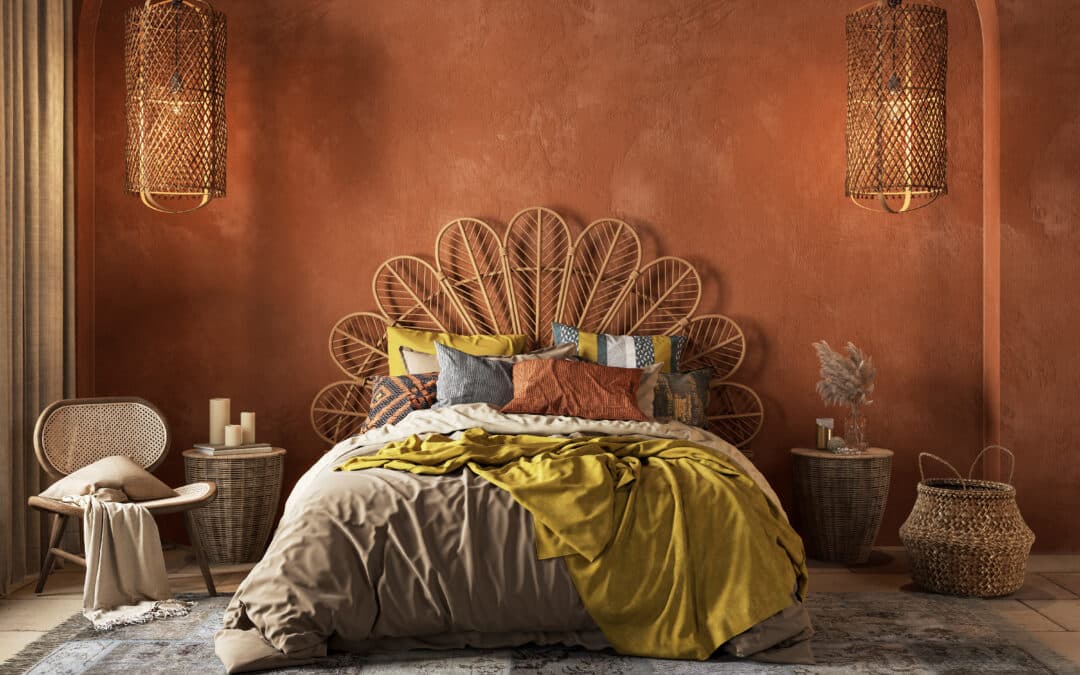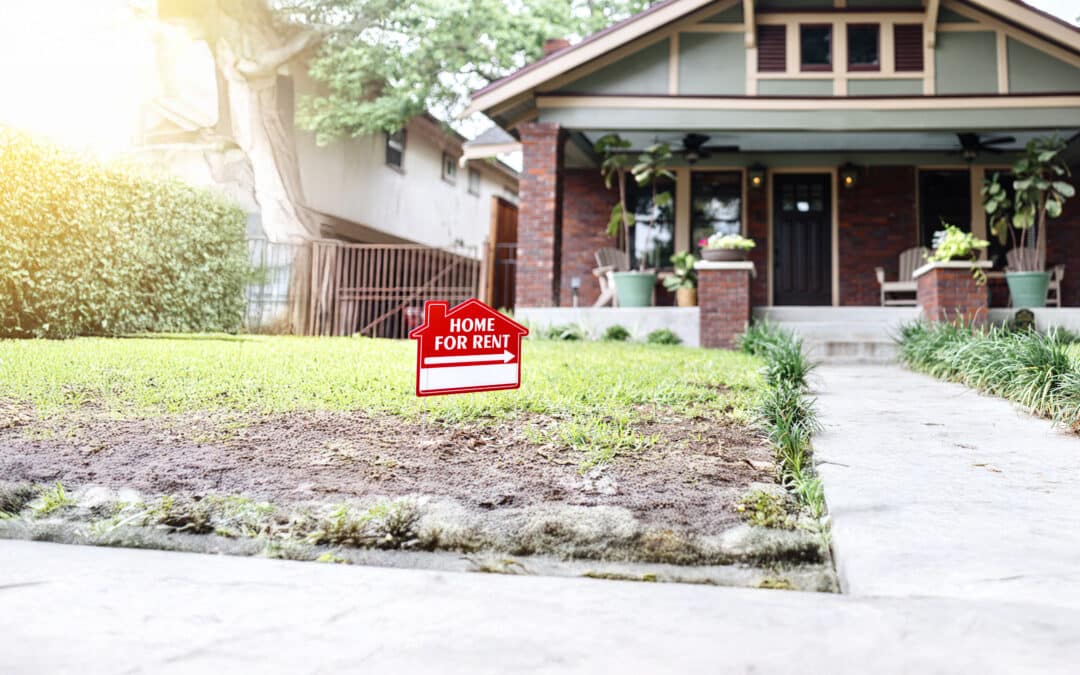As a professional stager, I see gorgeous homes that have been beautifully remodeled and upgraded by the investors who purchased them in hopes of selling for top dollar on the retail market. I also meet a lot of owner-occupants who have carefully staged their lovely properties with painstaking attention to detail. Sadly, often the best staging efforts of both investors and homeowners leave the best things about their properties completely obscured.
The best staging strategies do not require you to bring in tens of thousands of dollars in designer furniture. They simply require you to think like a home buyer instead of a homeowner and avoid some completely understandable but still devastating mistakes that owners make when staging their own homes. Here are the three worst mistakes you can make when staging a home:
Mistake #1 Neglecting Clutter
When selling a home, decluttering is one of the most important steps in the staging process. I’m not kidding: Hide everything! Put away personal items, remove small appliances from the kitchen counter even if that is where you keep them, and hide tooth brushes and other toiletries in the bathroom. You’re not trying to help the buyers see how cozy the home has been for you; you’re trying to keep the slate clean enough that they can imagine how their stuff will look when they move in: their toaster oven on the counter (not yours), their toothbrush in the holder (not yours), and their knickknacks on the mantel (you get the picture).
Lesson Learned: It is important for buyers to focus on the home, not what is currently in it.
Mistake #2 Using Bold Colors or Unusual Wallpaper Designs
I have seen so many owners spend boatloads of money on custom paint jobs in bold colors with neat effects and installing high-end, designer wallpaper in hopes of “making an impression” when sellers walk in. The truth: Unless you are working in a very exclusive, luxury market and have a local designer who understands your target market advising you, you are probably hurting your cause more than you are helping it. You may think bold colors and wallpaper will entice buyers, but more often they put them off a property. Most buyers don’t want to feel that they will have to invest a lot of money in a home once they move, and if they don’t like your bold design, then the cost of changing that design is going to factor into their decision to buy. It is important to use warm, neutral tones so the buyer can envision their own décor and color preferences in its place.
Lesson Learned: Bigger and bolder is not always better in staging and design.
Mistake #3 Letting the Lawn Take Care of Itself
Don’t make the mistake of only cleaning up the yard before a showing. Most buyers will do a drive-by before asking for a showing if they live close enough to do so. You need to make sure that the exterior is clean, neat, and inviting. Power-wash the patios and walkways, mow the lawn, and add fresh mulch and greenery as needed.
Lesson Learned: You only have one opportunity to make a first impression, and you don’t know when it will happen. Staging and design do not have to be complicated or expensive, but you will always benefit from doing both thoughtfully and deliberately rather than assuming it won’t matter because you are selling an investment property or that your house is so amazing that buyers won’t notice you didn’t put any thought into staging and design. Trust me, they’ll notice. Your bottom line will as well.
More Trend Tips
This Trend Might Seem Like A Good Idea But…
Don’t let your walls do the talking. You may think having an accent wall helps divide a space or add color to a room. Truth is, an accent wall is the first thing you see when entering a room rather than the layout, the light, or how big the room is. As a seller, you do not want this even if you enjoyed the look while you were living in the home. Add pops of color using artwork and decor so the home is move-in ready, and let that trendy accent wall go.
Staging Vs. Furnishing and Design
There is a big difference between staging a property and furnishing a home. All of these things I’ve told you not to do when you’re trying to sell a home are perfectly fine (in moderation) when you’re designing your dream nest. When I am wearing my “Interior Designer Hat” with homeowners, I urge my clients to choose bold fixtures and detailed artwork that speak to them when they enter the room. When you are designing for you, things like this help your home feel like it’s your own. Furthermore, you can make your own decisions about how much money you are willing to spend on creating the look you want to live in. However, when staging a home to sell, you don’t want the house to feel like your home. You want it to feel like the buyer’s home is just waiting for them. To that end, we advise our clients to focus on fixtures that are attractive but also cost effective and use a neutral color pallet.
























0 Comments